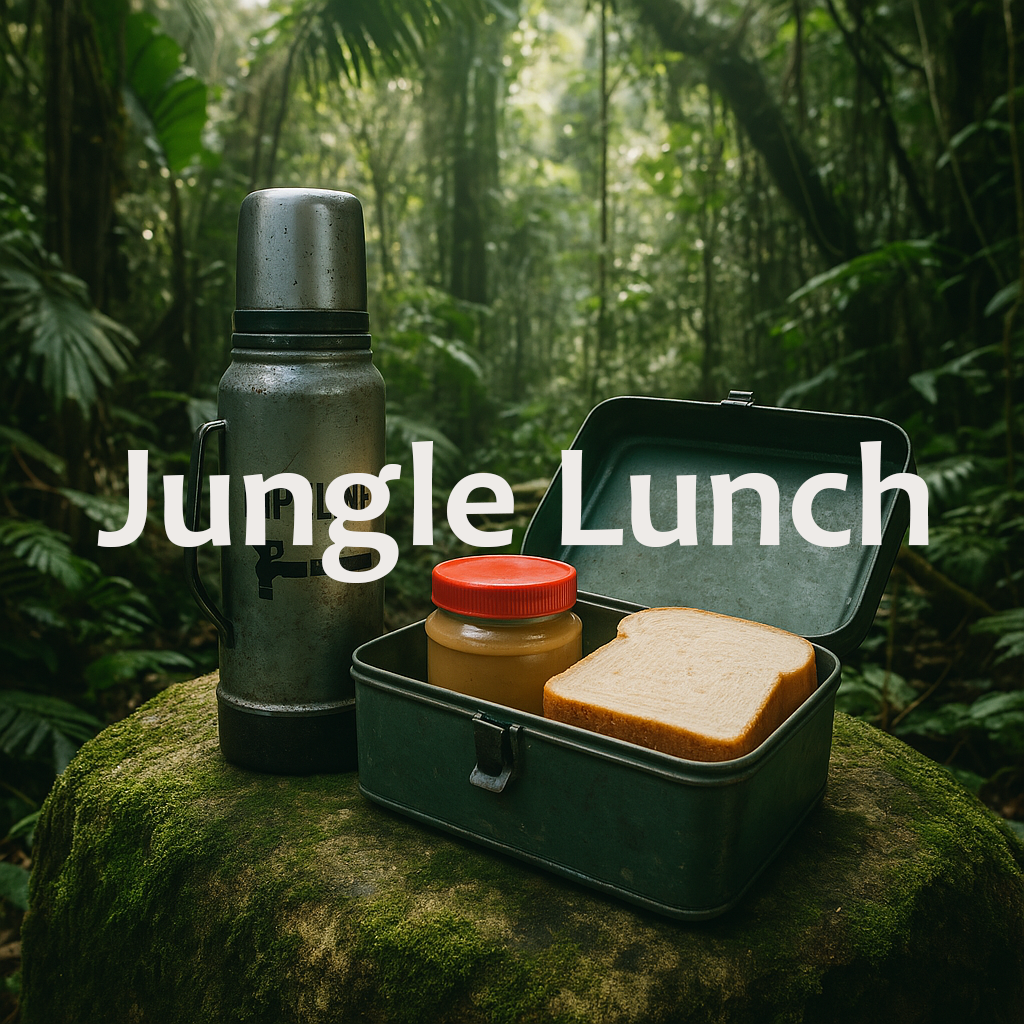Then and Now
Jungle Lunch: A Pipeliner Tradition from Days Gone By
Ask any old-school pipeliner about the toughest stretch of their career, and you’ll probably hear about subzero mornings, 16-hour days, muskeg up to the knees — and, without fail, the jungle lunch.
To the uninitiated, it might sound like some exotic midday feast. But to those who’ve spent their days laying pipe in remote stretches of bush and backcountry, a jungle lunch isn’t a meal — it’s a culture.
What Is a Jungle Lunch?
A jungle lunch is a packed lunch — but not in the conventional sense. No pre-made sandwiches, no carefully cut veggies in little plastic compartments.
Instead, it’s whatever you’ve got and however you want to eat it.
One guy might roll in with nothing but a loaf of bread, a jar of peanut butter, another might be seen sitting on a welding skid, eating instant pudding with a flathead screwdriver like it’s fine cutlery.
It’s a build-your-own, trade-if-you-feel-like-it, everyone-minds-their-own-but-might-swap-a-pickle kind of lunch.
The Culture of Swap and Share
Back in the day, jungle lunches were as much about community as they were about calories. A lot of these crews were in the bush for weeks or months on end, far from towns, grocery stores, or anything resembling a restaurant. What you brought with you had to last — or be worth bartering for.
It was an unspoken system of trade:
- A guy with a spare Coke might swap for a slice of processed cheese.
- A packet of jerky could fetch half a chocolate bar — if it wasn’t already melted to the dashboard.
- And a man with mustard packets? Basically a line camp celebrity.
If someone forgot their lunch, it wasn’t uncommon for five or six others to chip in and toss something their way — not because it was expected, but because that’s just how it was done.
Jungle Lunches Were Tough, Just Like the Job
Let’s not romanticize it too much — jungle lunches could be rough. You ever tried to spread frozen peanut butter on bread in -30°C? Coffee was black, thick, and poured from a thermos that had survived more rollovers than the pickup it rode in. Fruit? If someone had an apple, it was either for trade, or already frozen solid.
How Jungle Lunches Have Changed
These days, the job has changed — and so have the lunches.
- More contractors offer warm-up trailers or caterers on longer jobs.
- You might see pre-packed protein bowls, vacuum-sealed meal kits, even microwaves in crew trucks.
- Young guys bring energy drinks and protein bars instead of bologna and Wonder Bread.
And while there’s nothing wrong with progress, something does get lost when you trade a wild, cobbled-together jungle lunch for a neatly labeled, reheated meal.
You lose the weird barter economy.
You lose the moment when someone unwraps a can of sardines and everyone groans in unison.
You lose the absurd pride of making a sandwich on the tailgate of a D6 with one glove, one eye open, and three fingers numb from cold.
Long Live the Jungle Lunch
Ask any veteran pipeliner and they’ll tell you: there was something about that kind of lunch that made the day go faster. Not because it tasted better (it usually didn’t), but because it reminded you why you were out there in the first place — to do the job, shoulder to shoulder, no matter how rough the conditions.
The jungle lunch wasn’t fancy, and it sure wasn’t always healthy. But it was honest. It was earned. And it always tasted better when someone next to you said:
“I’ll trade you half a sandwich for that pickled egg.”

